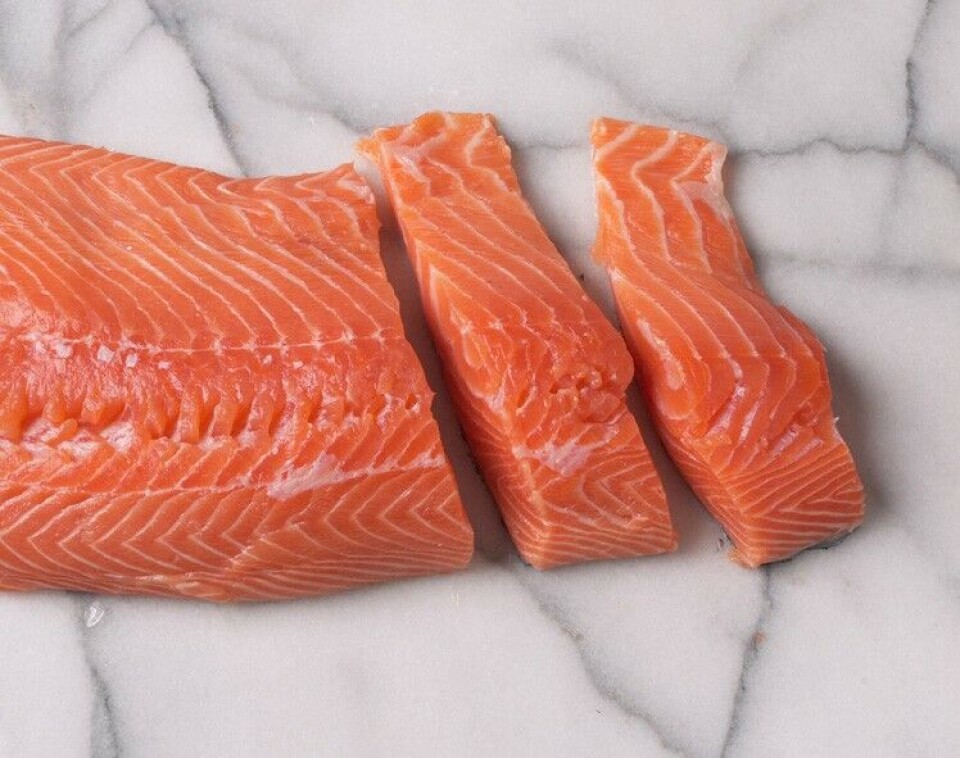
Promising forecast for 2016
The World Federation of Exchanges (WFE) predicts that the global demand for Atlantic salmon, and the average price, will increase next year.
In its most recent quarterly presentation Salmones Blumar revealed that, according to WFE, between 2014 and 2015 the demand for Atlantic salmon experienced a 2.6 per cent increase worldwide. The EU (12%), the US (20%) and Brazil (15%) were the countries that recorded higher growths in demand. By contrast, Russia showed a contraction of 23 per cent.
Projections for 2016
For next year, the company expects an increase of 0.7% in the global harvest of Atlantic salmon compared to 2015, a figure that is below the historical growth in demand which was close to 6 per cent in the past ten years, and 12 per cent over the past three years.
This, as expressed by Salmones Blumar, lead them to conclude that there might be a shortage of salmon products over the next year, provoking prices increases compared to the current level.
Meanwhile, Norwegian analysts forecast a price increase from the NOK 40.30 (~US$ 4.61)/kg recorded in 2015 to NOK 45 (~US$ 5.25)/kg in 2016 (+ 12%).
However, given the significant currency devaluation experienced during the past 12 months - especially for the NOK (27%), Russian ruble (45%) and Brazilian real (58%) - it is unlikely that this trend will continue.























































